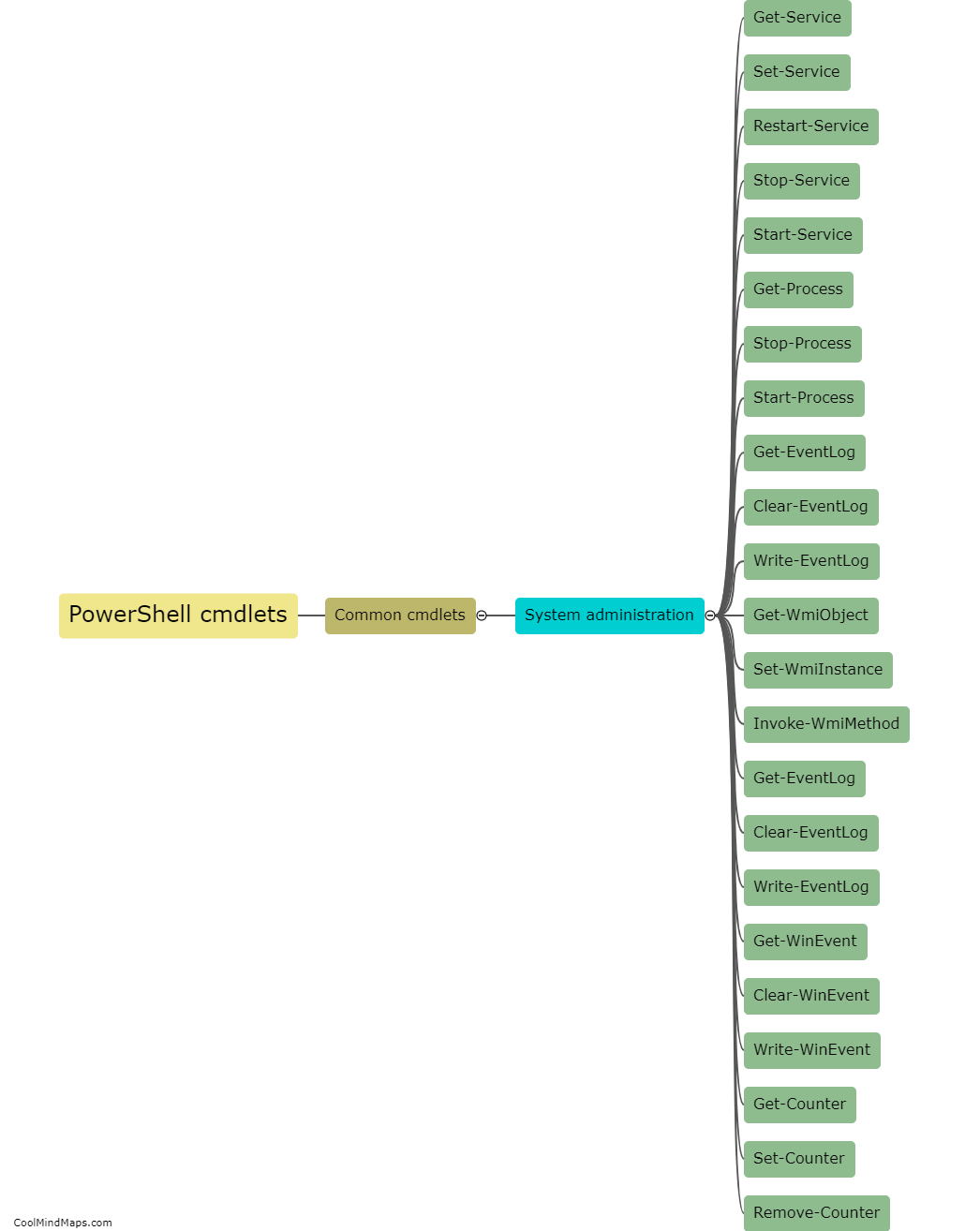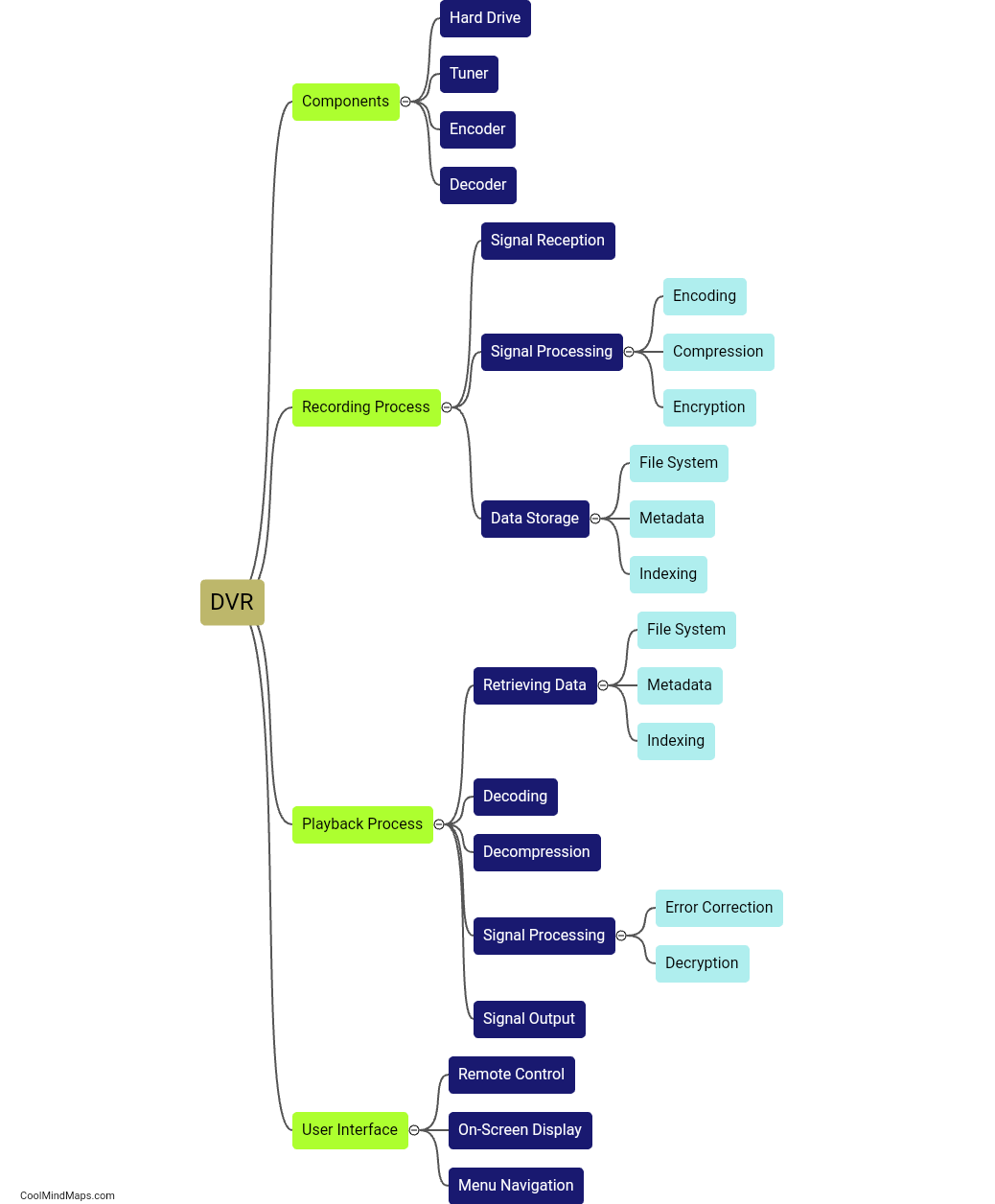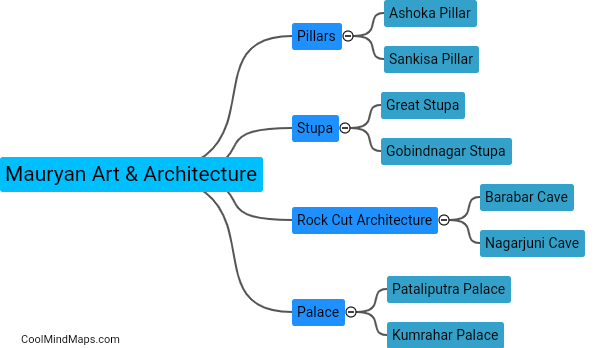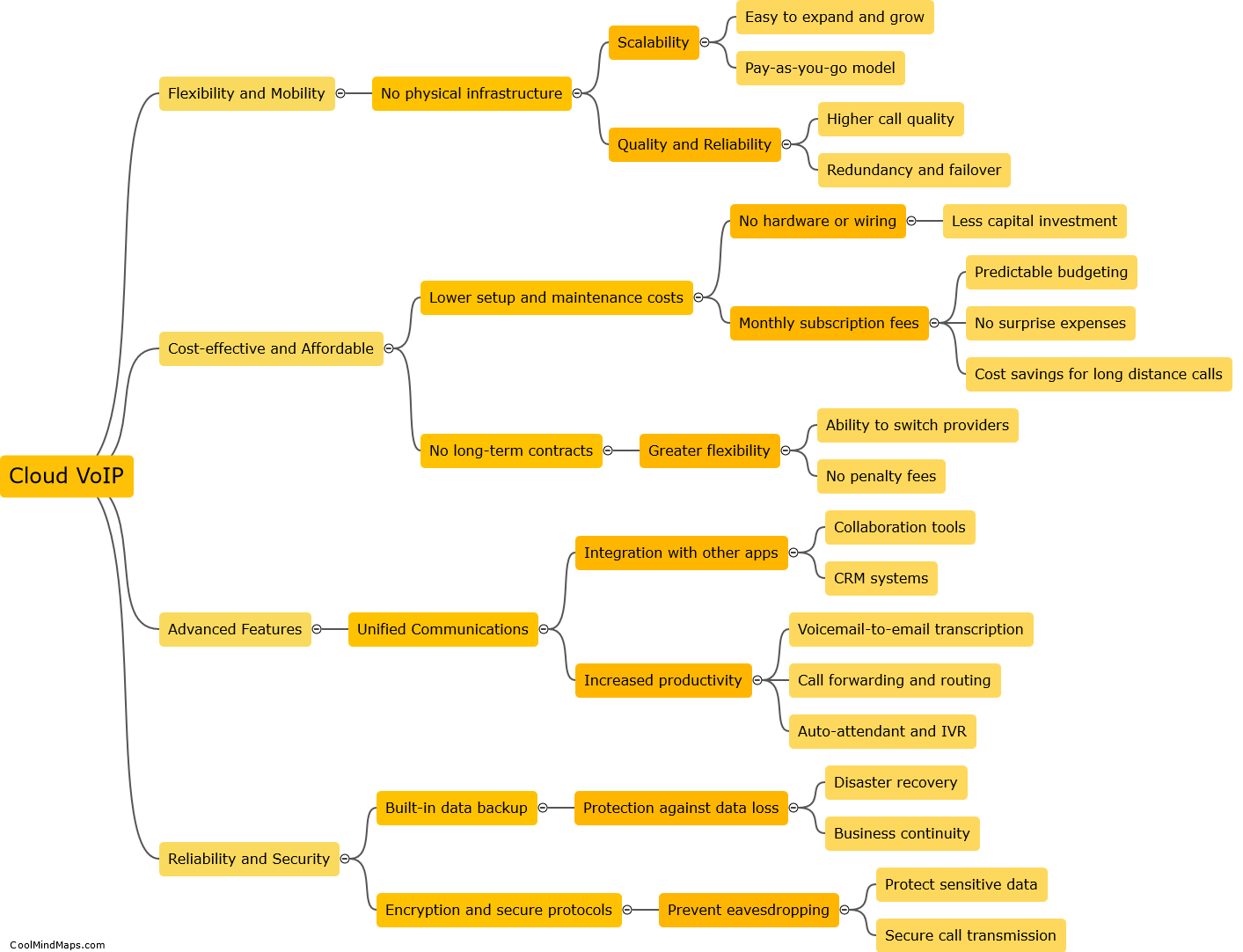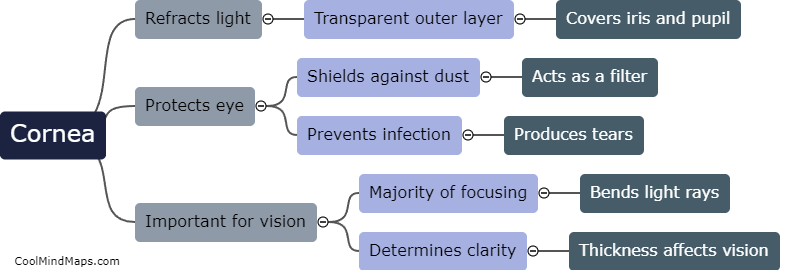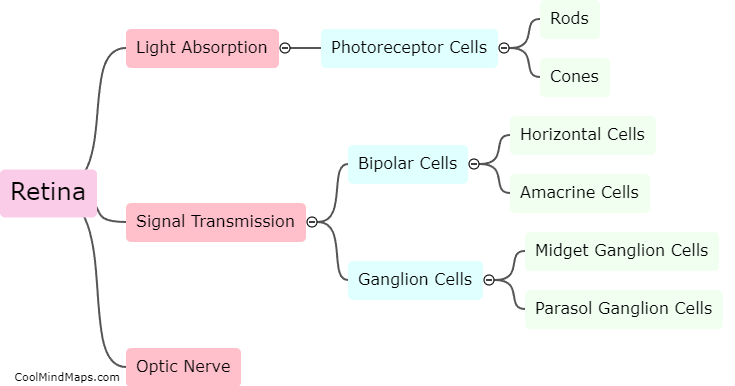What are the main parts of the human eye?
The human eye is a complex organ composed of several key parts that work together to allow us to see. The main parts of the human eye include the cornea, iris, lens, retina, optic nerve, and the macula. The cornea is the transparent outer layer that helps to focus light onto the retina. The iris is the colored part of the eye that controls the size of the pupil and regulates the amount of light entering the eye. Behind the iris is the lens, which further helps to focus the incoming light onto the retina. The retina contains millions of light-sensitive cells called photoreceptors that convert light into electrical signals. These signals are then transmitted to the brain via the optic nerve, which is responsible for visual information processing. Finally, the macula is a small area in the center of the retina that provides sharp central vision. Each of these parts plays a vital role in the overall functionality of the human eye.
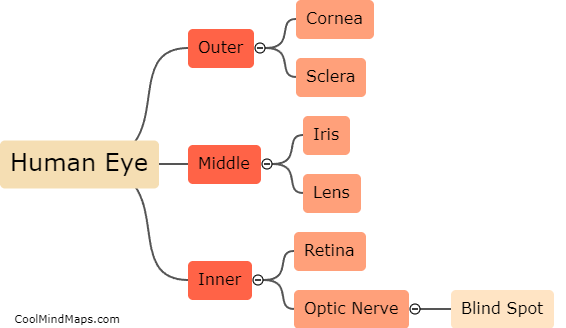
This mind map was published on 16 November 2023 and has been viewed 100 times.
